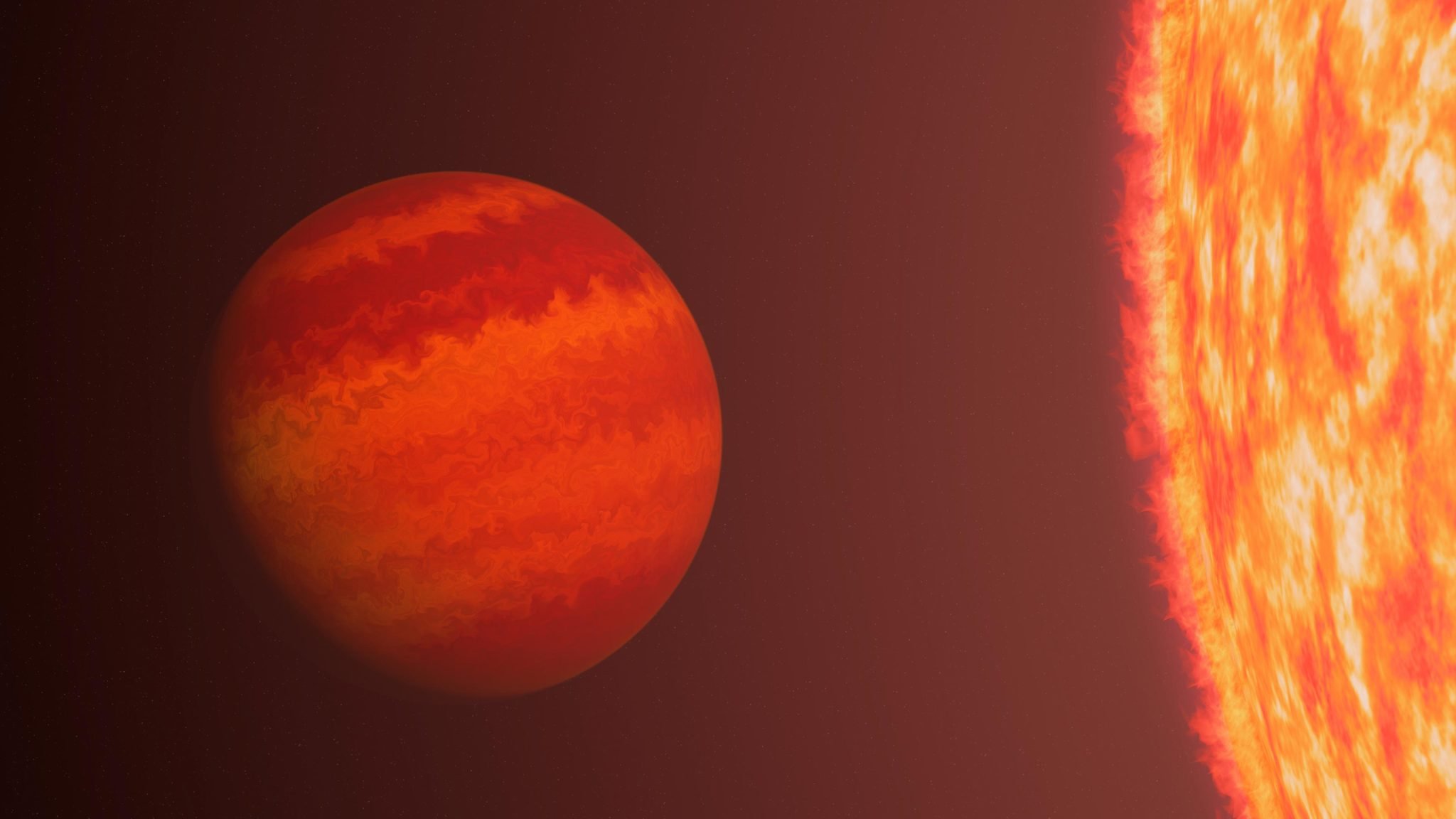Phoenix: an exoplanet with an astonishing appearance
Follow us on Google News (click on ☆)

Artistic representation of TIC365102760 b, nicknamed Phoenix for its ability to survive intense radiation from a nearby red giant.
Credit: Roberto Molar Candanosa/Johns Hopkins University
Recently discovered, Phoenix boasts an astonishingly bloated atmosphere despite its closeness to its host star. This phenomenon prompts scientists to reconsider models of planetary aging and disintegration, especially for those exposed to intense radiation.
Researchers, led by Sam Grunblatt from Johns Hopkins University, were surprised by the large and low-density atmosphere of this planet. Phoenix, classified among the rare "hot Neptunes," is smaller, older, and hotter than expected, challenging our understanding of planetary system evolution in the final stages of stellar life.
Findings show that Phoenix's atmospheric stripping process is much slower than anticipated. This planet, approximately 60 times less dense than the densest "hot Neptunes," is unlikely to survive more than 100 million years before disintegrating in a spiral trajectory toward its giant star.
Grunblatt's team developed an innovative method to refine data from NASA's TESS satellite, combining it with additional measurements from the W.M. Keck Observatory in Hawaii. This approach has allowed for better understanding of planetary atmospheric evolution, including that of Earth in the distant future.

Artistic representation of Phoenix, a rare planet discovered by scientists at Johns Hopkins University.
Credit: Roberto Molar Candanosa/Johns Hopkins University
The rarity of bloated planets like Phoenix makes their discovery valuable for scientists. Grunblatt's team is already searching for other potential candidates using their new technique, hoping to enrich our understanding of the atmospheric evolution of exoplanets.